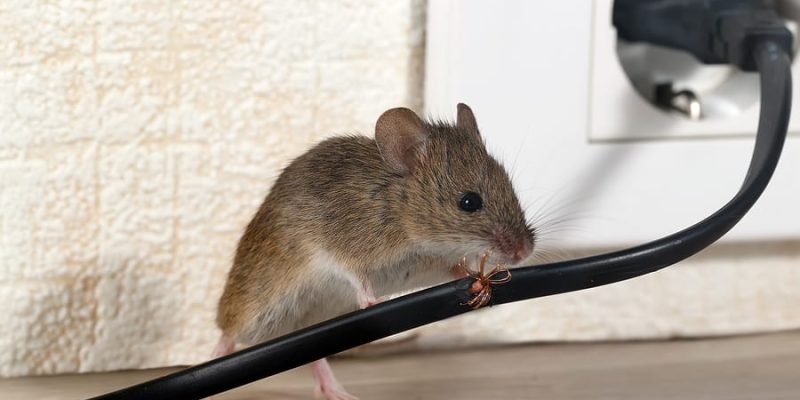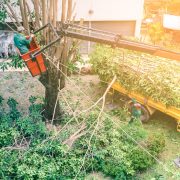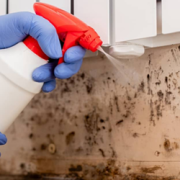Nobody wants to share their home with mice. But the fast-changing seasons in Northglenn push these rodents to look for cozy places to settle down. Knowing the early signs of a mouse infestation allows you to act fast and stop a small problem from becoming a huge headache. Also, you will know when to contact a pest control team at saelapest.com to help you address the problem. Below are the signs you should look for and what you can do about them.
Tiny Droppings
These little pellets are usually black or dark brown and about the size of a grain of rice. You might spot them under sinks, along baseboards, in pantries, or even in drawers. Seeing droppings in different areas can mean mice have been exploring your home.
Address mice droppings as quickly as possible as they can spread diseases. But you must do it safely. This means wearing gloves and a mask when cleaning them. Use disinfectant and throw away anything the mice might have touched. Keep an eye out for more droppings after cleaning since they will tell you if the mice are still around.
Scratching and Scurrying Sounds
Mice are nocturnal, so they are most active when the house is quiet. Hearing light thumping, scurrying, or gnawing sounds could mean mice are busy making themselves at home. Try to pinpoint where the sounds are coming from. This can help you figure out where the mice are entering and where you should focus your efforts to get rid of them.
Gnaw Marks
Mice have teeth that never stop growing, so they love to gnaw on things to keep them short. You might notice bite marks on food packaging, furniture, or wires. Fresh gnaw marks are lighter in color, while older ones look darker.
Check for damage often, especially in hidden areas such as behind appliances. Take action right away if you find chew marks. Mice chewing on wires can cause fires, so it’s important to act quickly.
Nests Made of Scraps
Mice build nests from soft materials such as paper, fabric, or insulation. You have probably found a mouse nest if you stumble upon a small pile of shredded materials tucked away in a quiet corner. These nests are often hidden in places like closets, attics, or behind kitchen appliances.
Carefully remove and throw away any nests you find, using gloves and a mask. Afterward, clean the area thoroughly and start looking for entry points where the mice might have gotten in.
A Strong, Musky Smell
Noticing a strong, unpleasant smell that does not seem to go away could be a sign of a mouse problem. Mice urine has a strong, musky scent that gets worse as the infestation grows. Pets often notice the smell before humans do, so pay attention if your dog or cat is acting strange around certain spots.
Following the scent might lead you to hidden droppings, nests, or entry points you had not noticed before. Also, you can clean with strong disinfectants, but the smell won’t go away until the mice are gone.
Grease Marks on Walls
Mice are creatures of habit and often travel the same routes over and over again. Their fur leaves greasy smudges along walls and baseboards as they squeeze through tight spaces. Dirty, greasy marks that you cannot explain might be a trail left by frequent mouse travelers.
Look along baseboards, behind furniture, and near food sources for these marks. Finding these paths can help you place traps more effectively.
What to Do Next
Start by sealing any cracks and holes around your home, especially around doors, windows, pipes, and vents. Mice can squeeze through spaces as small as a dime, so don’t leave any gaps unchecked.
Setting traps can help catch the mice you already have. There are plenty of trap options that kill instantly or allow you to release the mouse elsewhere. Just make sure you check them often.
Call a professional pest control service if the problem is too big to handle or if traps do not yield positive results. Pest control experts have the tools and experience to find hidden nests, seal entry points, and get rid of the mice for good.














Comments